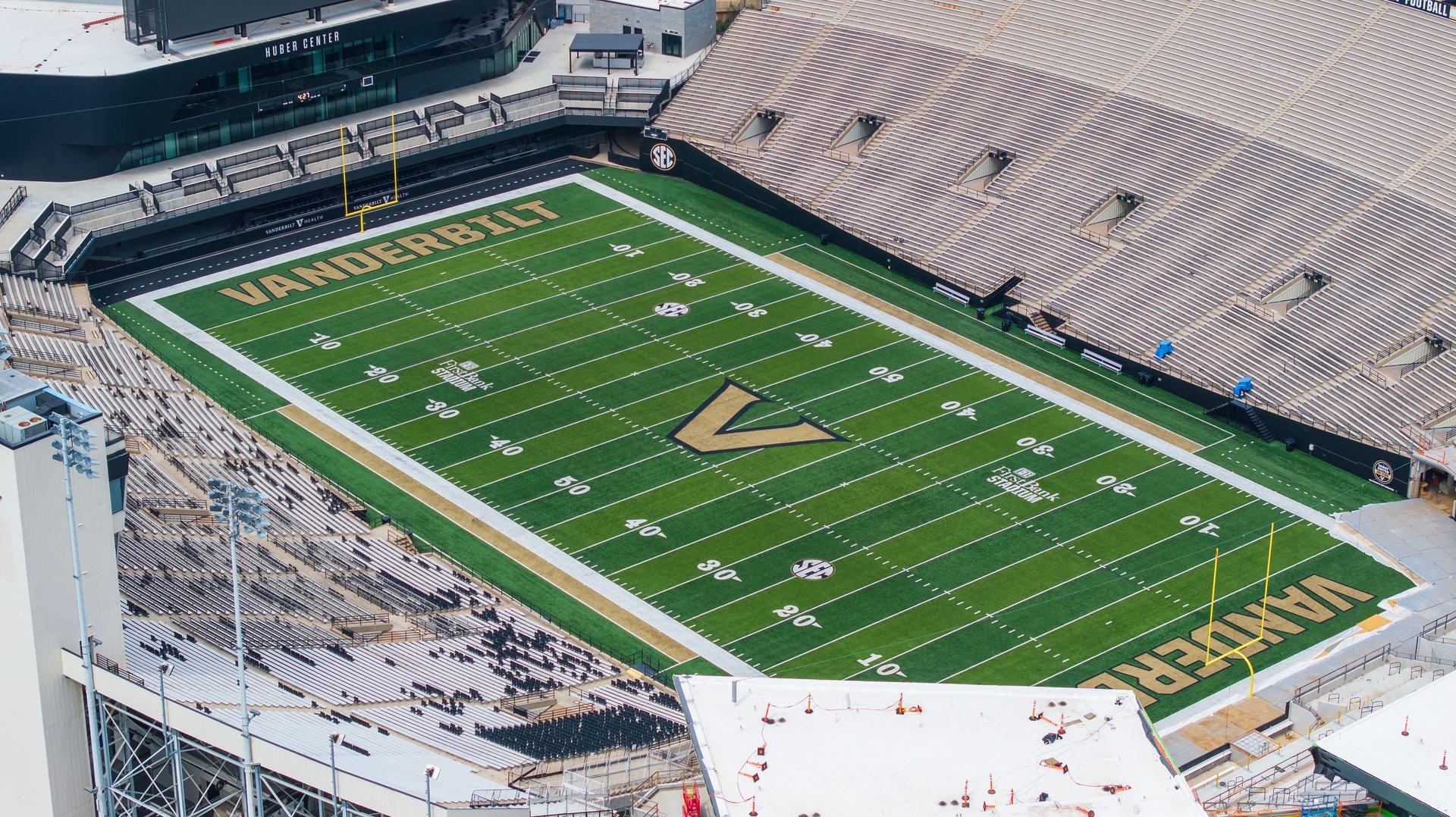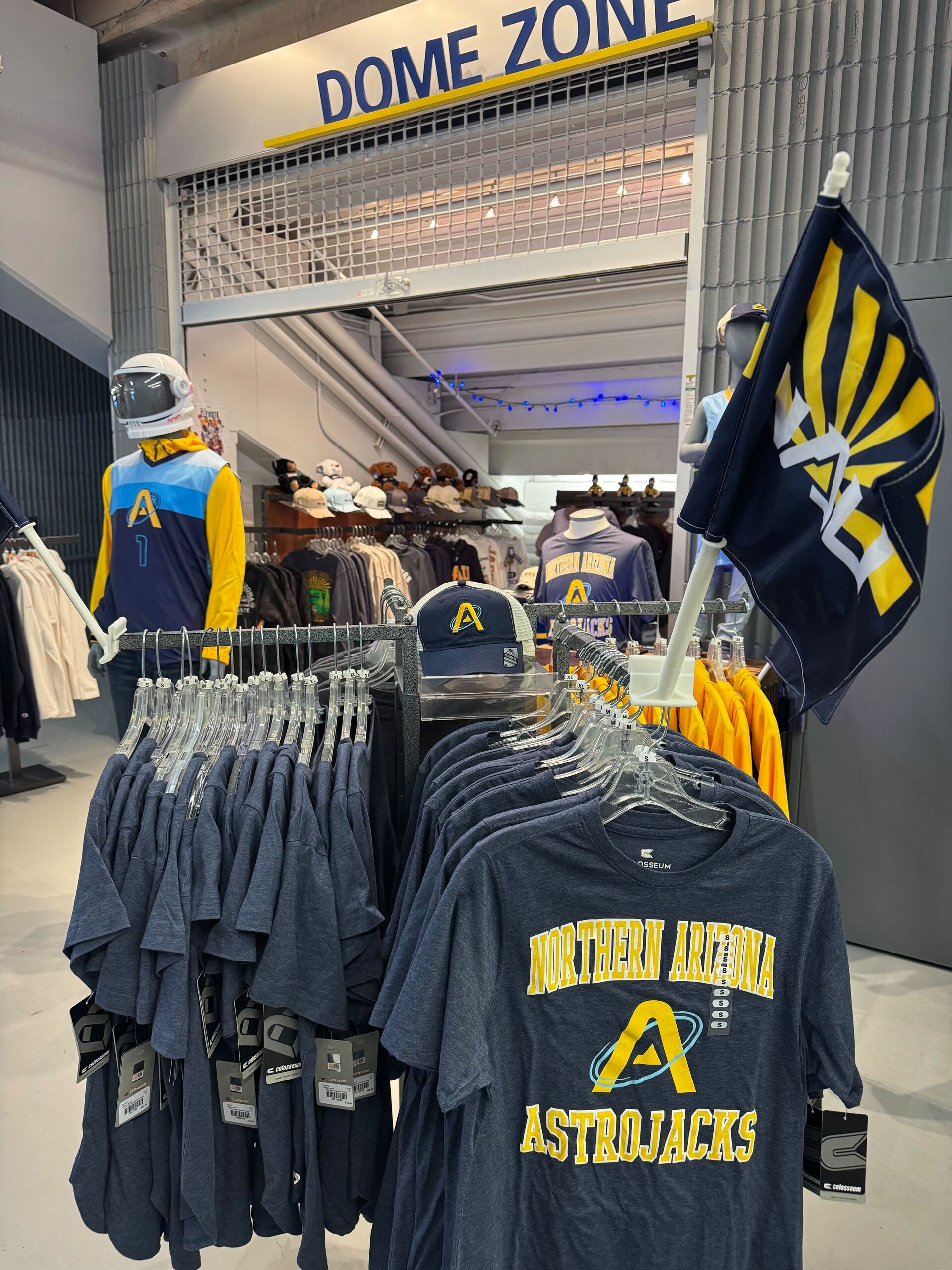Good morning, and thanks for spending part of your day with Extra Points.
I’m still in Brazil, and I’m turning the newsletter back over to Sam Ehrlich. Sam graced your inboxes last week with Part I of his series on eligibility lawsuits, which continue to rack up. (Since we published Part I, yet another suit has been filed, making it 26 total since Diego Pavia’s victory.)
Today, Sam’s sharing Part II, which looks at the discrepancies between different courts’ rulings. Enjoy!
Yesterday, we took a look at the legal arguments athletes like Diego Pavia are making to try to get an extra year of eligibility — and an extra year of NIL dollars. Pavia led the charge and got his extra time, but other athletes are having mixed success.
The contexts in which those athletes have challenged the NCAA’s eligibility rules have varied, but the way courts have evaluated those challenges has not always corresponded to the differences. In the cases I’ve reviewed, what stands out most is that courts are approaching these lawsuits in largely the same legal framework — but reaching very different outcomes.
Two key points of disagreement have emerged: first, whether the eligibility rules in question are “commercial” enough to fall under the scope of antitrust law, and second, what level of evidentiary showing athletes must make to secure early injunctive relief.
Let’s break down those questions:
Want to read the rest of the newsletter? Subscribe today!
Premium Subscriptions make Extra Points possible. Upgrade today to get access to everything we write:
Upgrade to Premium for just nine bucks a month:

















